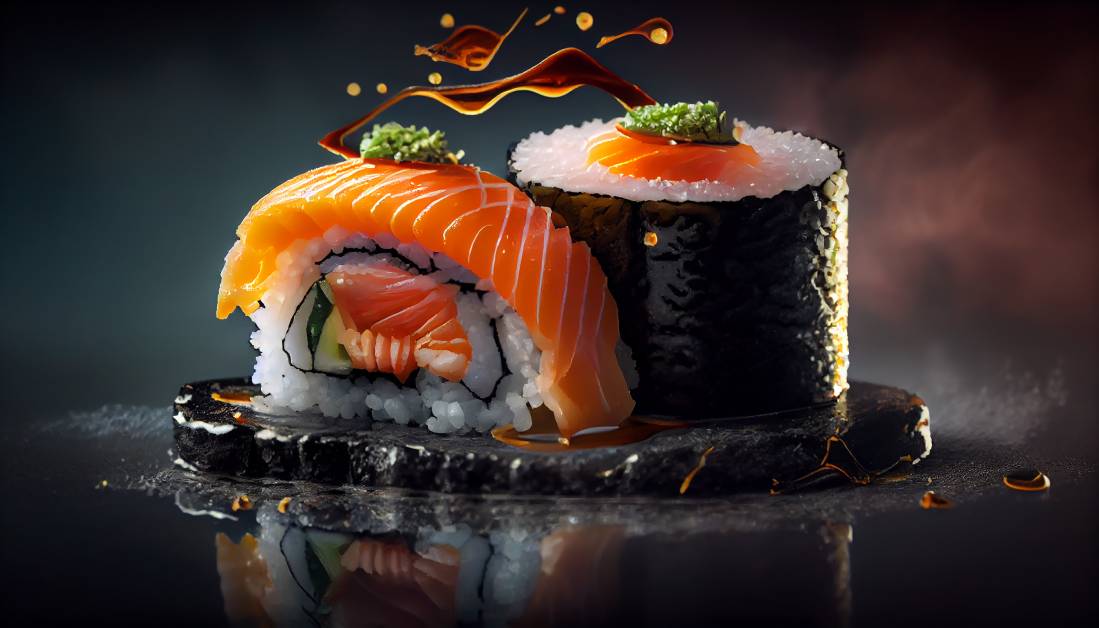“Big brand” and “thin brand” are words commonly used in Hong Kong to describe different food and beverage licences. Here are their main differences:
- General Restaurant Licence (Premium Brand): A general restaurant licence allows a restaurant to sell a wide range of food products, including rice, Chinese food, Western food, etc. As long as it is not a restricted food item, such as sushi or oysters, it can be sold at a restaurant with a big name. Big-licensed restaurants can provide dine-in service.
- Light Refreshment Restaurant Licence (Sub-brand): A light refreshment restaurant licence only allows restaurants to sell the food items listed in the List of Permitted Foods to Be Prepared and Sold by Light Refreshment Restaurants. These foods are usually relatively simple snacks such as hot dogs, fish balls, siu mai, egg waffles, sweet soup, coffee custard, etc. Dine-in service is available at restaurants with thin plates.
In terms of store specifications, the application requirements for large and small brands are different:
– Big-name restaurants: Restaurants applying for big-name restaurants need to ensure that the kitchen, food preparation room, and dishwashing room occupy 10-25% of the entire store area, with a total area of not less than 8 square meters. In addition, male and female toilets need to be provided, as well as ventilation and fire protection systems that meet specifications.
– Small label: The restaurant applying for the small label has low requirements, the kitchen, food preparation room, and dishwashing room need to occupy 9-20% of the entire store area, and the total area should not be less than 4.5 square meters. Male and female toilets are likewise required, as well as facilities that meet specifications.
https://www.fehd.gov.hk/tc_chi/licensing/index.html, Food and Environmental Hygiene Department, Hong Kong




